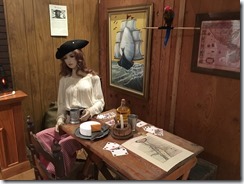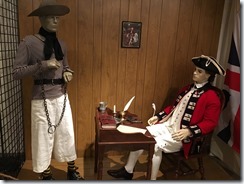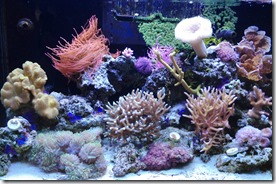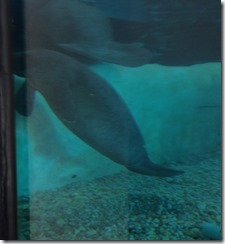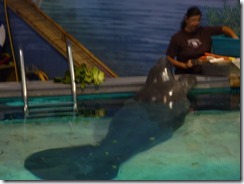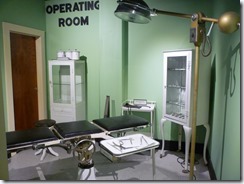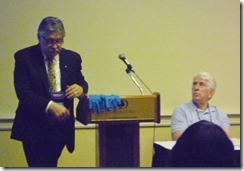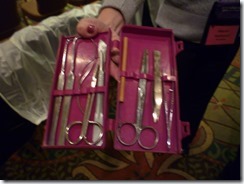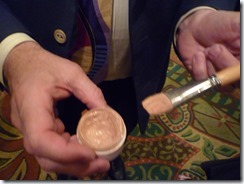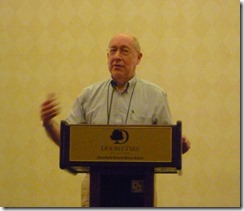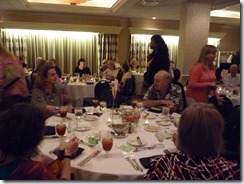One of the topics I’d researched for Hair Raiser was pre-need funeral plans. I firmly believe people should address this issue before their demise. It saves your loved ones from having to make these choices during a difficult time. You get to choose what you want, and when the time comes, all your heirs have to do is make a phone call. You can pay off the cost in installments, instead of your surviving family members having to come up with a lump sum later on. So don’t avoid the issue and put off for tomorrow what you can do today.
Marla interviews a suspect in Hair Raiser who happens to be a funeral director. Her excuse for seeing him is ostensibly to get information on a pre-need plan for herself. I hope you find this interview to be useful for your own planning needs.
Excerpt from Hair Raiser by Nancy J. Cohen
“Let’s talk about funeral plans,” Marla said.
From the way Stefano glowered at her, she figured he was wishing she could make use of one right now.
“Is this going to be a package for two people?” he snarled, pen poised in his fingers. His glance dropped to her ringless left hand.
“No, this is just for me.”
“You should think ahead. At some point in your future, there may be a significant other. I assume we’re talking about a traditional ground burial rather than a mausoleum?”
“I guess so.” She had no wish to be preserved for eternity in a tomb like Romeo and Juliet. Besides, she believed her religion required a ground burial.
“Purchasing two plots now will save you money because land prices keep rising. In the event you don’t need the second plot, we’ll buy it back from you. Consider it a hedge against inflation.” Pushing a chart in front of her, he pointed to various sites marked out in squares. “Which cemetery section appeals to you?”
Marla moistened her lips. “It doesn’t matter, whichever costs less.”
“That would be the newest section.” He circled two spaces. “Do you prefer a chapel or graveside service?”
She gave it serious consideration, mortality being on her mind after viewing Riley’s body and being shot at herself. “A graveside service would be easier on my family, so let’s go with that one. Is there a price difference?” Squinting, she tried to read what was on the upside-down form.
“It’s $420 for use of the chapel as opposed to $275 for a graveside service.” At her nod, he continued. “Next there’s a basic charge for the professional services of the funeral director and staff. That’s $1870. This includes arranging conferences between family and clergy, filing necessary permits, planning the funeral, placement of obituary notices, and coordination with other responsible parties. It also includes administrative expenses for the use of our facilities.”
“I see.”
“You have a choice about embalming. May I ask your religious preference?”
“I’m Jewish.”
He nodded sagely. “Jewish people usually don’t embalm unless you’re going into a mausoleum. It’s my understanding, and correct me if I’m wrong, that the religious directive is to return to the earth as quickly as possible.”
“Okay, no embalming.” She felt uncomfortable discussing these choices, but it made sense to do so before you needed them. What a relief for your relatives to make one phone call in the event your prearrangements became necessary. Ma had paid for a plan, and Marla was grateful. She dreaded the day when she’d have to use it, but that was better than having to make hasty decisions later while coping with grief.
“You’re going to have other expenses.” Stefano reversed the general price list so she could see for herself. “Transfer of remains to the funeral home is $290. Use of a hearse will be $275. Dressing and casketing is $145. Since you’re not embalming, refrigeration is required, which costs $395.”
I’d always wanted to die broke, she told herself sardonically. “What’s this opening and closing that you’ve circled?”
“That’s for opening the gravesite and closing it after the service. Also, I recommend a concrete vault. It gives more protection than a concrete liner, which is more porous. Now let’s discuss choice of caskets.” He stood, gesturing for her to follow. “We have a casket room so you can see the selections.”
Oh, joy. She couldn’t wait.
Trailing behind, she entered a room where up to twenty coffins were on display. Detaching herself emotionally wasn’t hard. She didn’t want to think about herself lying in one of those boxes.
“The Jewish religion calls for your casket to be made of all wood, meaning pegged and glued with no metal parts so the body can get back to the earth quickly.” He showed her a few samples. “See, no nails or metal hinges. Or, if you go into a mausoleum, embalming is required along with a sealed metal casket. Choices include steel, copper, and bronze, like this one here.”
Her eyes bulged. The price tag of $37,995 made her throat constrict. Hopefully the ones made from wood were more reasonably priced. She surveyed the different styles ranging from solid mahogany with a polished finish and a champagne velvet interior at a cost of $19,995 to a plain pine box for $795.
“How about this one?” she asked, pointing to a solid poplar design with a polished maple finish and beige crepe interior. It ran mid-price range at $2,695.
Stefano ran his fingers lovingly over the smooth service, his dark eyes gleaming in appreciation. “Beautiful, isn’t it? Of course, if you prefer a velvet interior, we have a similar one for an extra $800.”
“No, I like this. What’s next?” Uncomfortable in the confined space with Stefano looming beside her, she headed through the door and back toward his office.
“Clergy fees, death certificates, prayer books, yarmulkes, acknowledgment cards, a guest sign-in book. Then there’s an archiving fee and sales tax on the merchandise.”
He’d been writing everything down on a proposal form, and now he pulled out a calculator to get the total. “Here’s the best package I can give you,” he said circling a number that made Marla cringe. “We have a payment plan available if you’d like to stretch this out over four years with no interest. It includes our personal protection program. If, God forbid, something happens to you after a year, the rest of the premiums are waived.”
“Terrific. Can I take this home to study?” She’d contact another funeral home to compare prices. Babs had told her Stefano charged exorbitant fees. Upon his approval, she folded the papers and stuffed them into her purse.
“Who handled the arrangements for Ben’s funeral?” she asked, knowing the answer but wondering how he’d react.
He grimaced. “One of the Levinson places took care of him.”
“They weren’t the ones involved in that voodoo case, were they?” She’d read a news article about a mortician convicted of performing voodoo rituals by stuffing dolls stuck with pins into a dead man’s chest cavity and chopping off his hand.
“No, that was somewhere in north Florida.” Thrusting stiff fingers through his gray hair, Stefano regarded her from beneath heavy brows. “Levinson’s is a nation-wide chain. Conglomerates now own more than fifty percent of the mortuaries in this county. Most people don’t realize it when they choose a place. Ownership may have changed hands, but the old names remain on the signs.”
“Doesn’t that hurt your business? Yours is one of the few family-owned firms left.”
“We still provide more personal services than the chains, and their prices tend to be higher. Did you know they charge up to sixty-two percent more than independents for the same items?”
Yeah, right, pal. Like your prices are cheap? “You’ve managed to stay viable.”
“So far.”
“I heard a rumor that Ben was suing you on behalf of some former customers,” she said, switching topics glibly to provoke a response. “Did that have anything to do with Pre-Need plans? What guarantee is there that I’ll get what I pay for?”
He shifted uneasily. “You have to trust me, Marla.”
No problem. I’d trust you like I would a snake.

NOTE: Hair Raiser (Bad Hair Day Mystery #2) was originally published by Kensington Publishing Corp. This Author’s Edition has been revised and reformatted with added bonus material.
Buy Links
Kindle: http://amzn.to/14M9l5B
iBooks: https://itunes.apple.com/book/hair-raiser/id957020158?mt=11&uo=4&at=113vsrx
Kobo: http://store.kobobooks.com/en-US/ebook/hair-raiser-2
Nook: http://www.barnesandnoble.com/c/nancy-j.-cohen
International: http://bookgoodies.com/a/B00S4VCUM8
Print Edition: https://www.createspace.com/5253406
Add to Goodreads List: https://www.goodreads.com/book/show/24478683-hair-raiser
Contest Alert
Enter to win a signed hardcover copy of Shear Murder & a $10 Starbucks gift card. Two prizes to be awarded. https://nancyjcohen.com/fun-stuff/contest/




